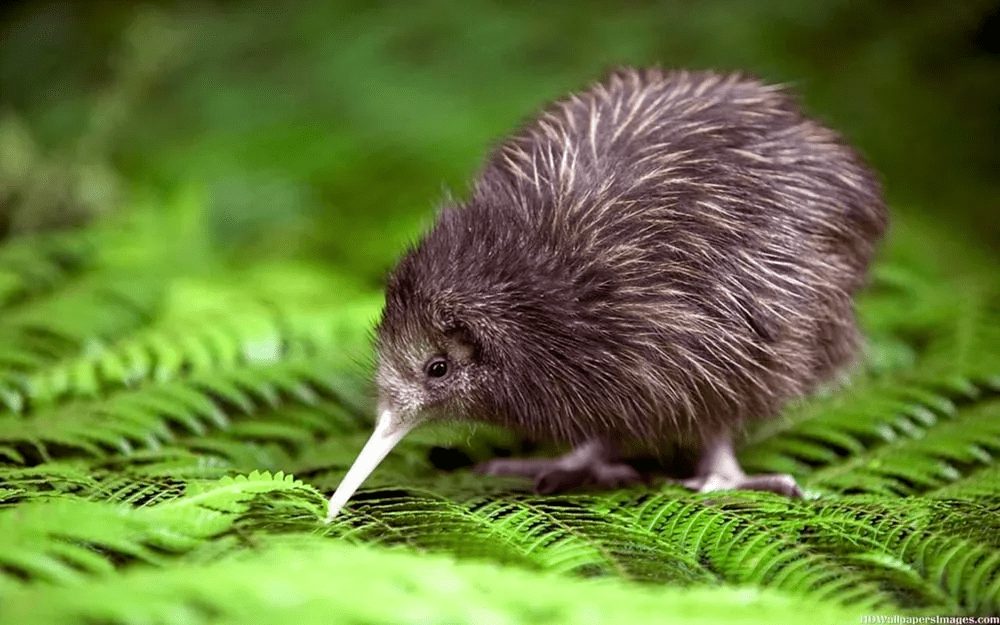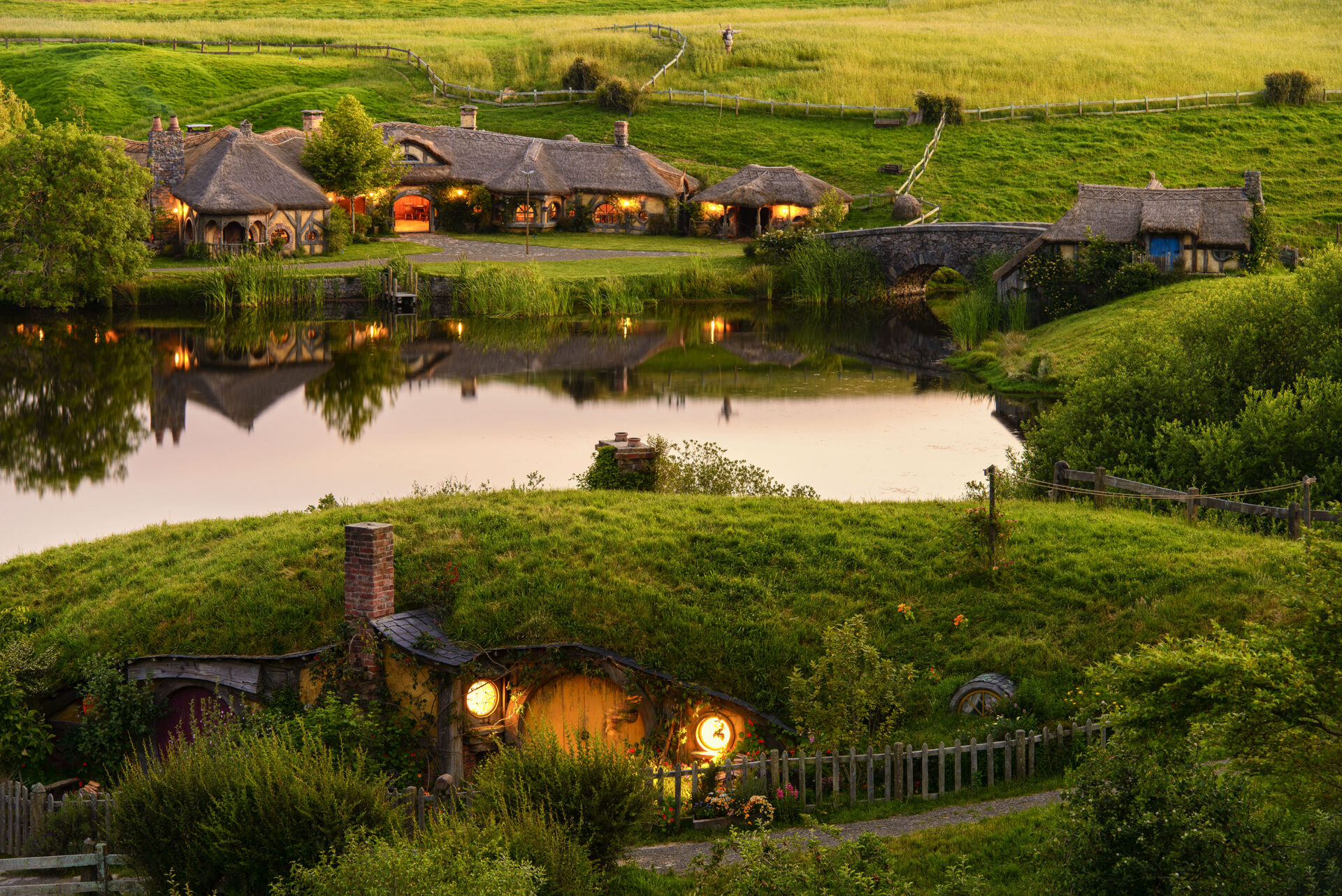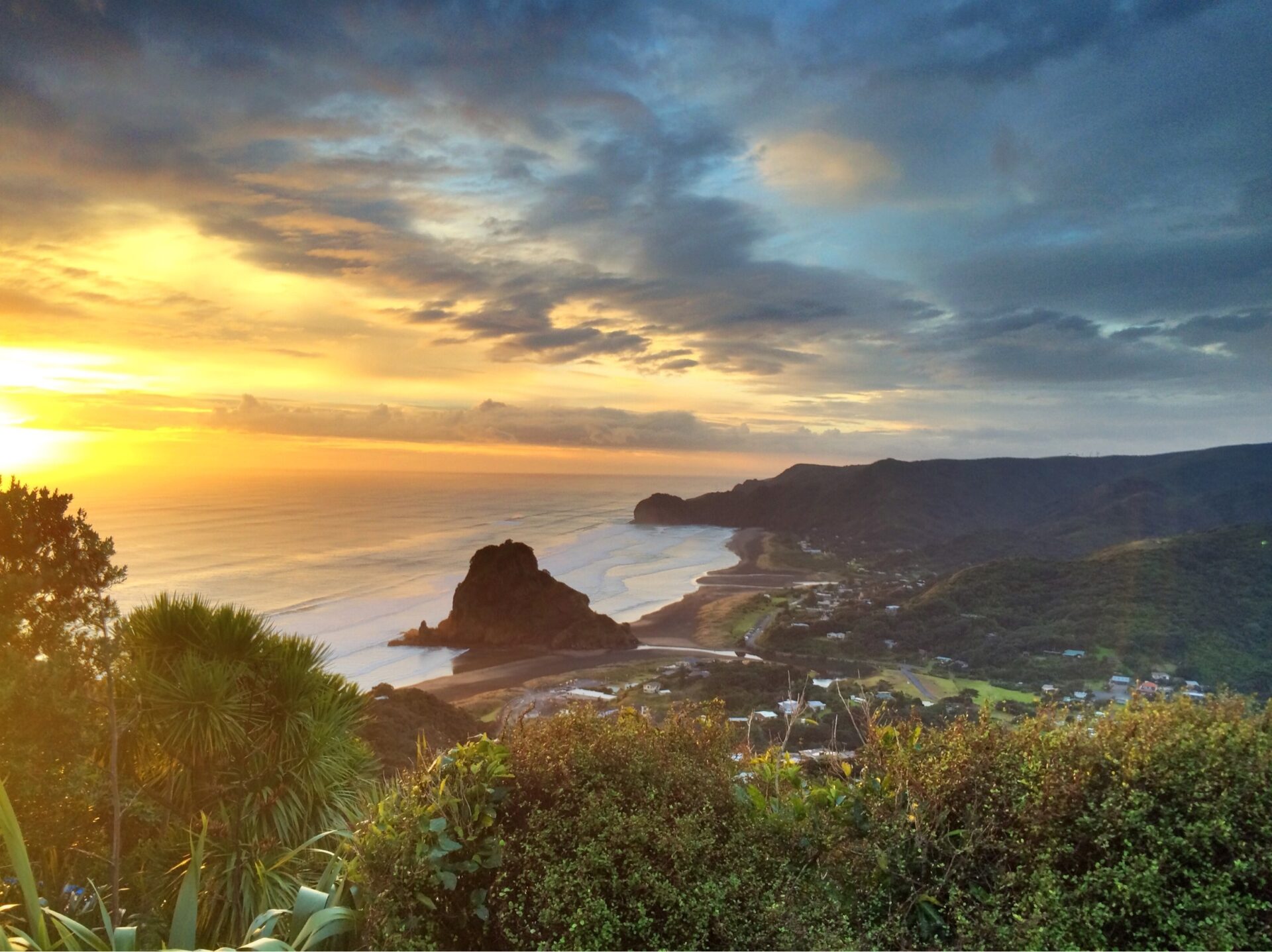
Kiwi Bird Spotting in the North Island
New Zealand is home to some of the most fascinating native wildlife. One bird in particular that is truly unique in so many ways is the kiwi bird which is now a New Zealand icon. The closest relatives to this bird are the elephant bird, cassowary and the now extinct moa. Although the iconic birds are found throughout the country numbers have significantly reduced since the arrival of humans. To help increase numbers there are numerous conservation projects in place- over 90 community and Maori led groups. Predator-proof fences are used to keep out pests in sanctuaries where kiwi have been released. There are also wild kiwi that are monitored by conservationists, kiwi houses and zoos who protect these birds.
Our Favourite Kiwi Facts
- These little bundles of joy look and feel fluffy but they actually have thin hair like feathers
- Although their beaks appear very long, technically speaking kiwi actually have the shortest beak. This is because a beak is measured from the nostrils and the kiwis nostrils are found right at the end of the beak… if you don’t go by definition you will just see a very long beak!
- Relative to its size kiwi weigh the largest eggs in the world. If you look at an ostrich for example which lay the largest egg, it is actually the smallest in proportion to the mother – only 2 % of the bird’s body weight. In comparison to the kiwi egg which is a massive 20% of the mother’s body.
- Kiwis have little tiny wings but actually can’t fly
- Marrow in kiwis’ bones are just like humans
- If the kiwi are protected and there are no pests they can live up to 50 years old
- Unlike other nocturnal birds with big eyes, the kiwi have little eyes that cant see very well. Instead the kiwi uses smell feel and touch to find its way around.
Kiwis Natural Habitat
Luckily for the kiwi they can live in all kinds of habitats. Whether its forests, farmland sand dunes, mangroves or even in snowy areas these birds are truly adaptable. Being close to rivers and grounds with loose soil are favourable for the kiwi. This is because they want to get straight to their food without having to dig and search for it through layers of vegetation. If the ground is nice and wet, there are controlled predators and there is enough shelter and food for the kiwi they will thrive.
Listen Out
Ever wondered what different kiwi birds sound like? Listen here… Kiwi Call. If you are trying to recognise their call try at night just before dawn on a moonless night. This is when they come out to play and find their partner family.
So Where Can You Find The Kiwi Bird?
Being nocturnal and very timid makes it that much trickier to see these special birds in the wild. However, in saying that the designated areas that are protected give you a higher chance of seeing the kiwi. Zoos and kiwi houses are all places that you are almost always guaranteed to get up close with the birds. Here are some of the top places to see kiwi in the North Island;
In captivity:
Auckland Zoo, Auckland
Kiwi North, Whangarei
Kiwi Encounter at Rainbow Springs, Rotorua
Kiwi House and Native Bird Park, Otorohanga
Te Puia, Rotorua
The National Aquarium of New Zealand, Napier
Nga Manu Trust, Waikanae
Pukaha, Mount Bruce National Wildlife Centre, Wairarapa
Wellington Zoo, Wellington
In the wild:
Tāwharanui Regional Park, Auckland Region
Kiwi Wildlife Tours, Warkworth, Auckland Region
Aroha Island Ecological Centre, Kerikeri
Kapiti Island Alive, Kapiti Island
Russell Nature Walks, Russell
Trounson Kauri Park, Waipoua Forest, Northland
Zealandia: The Karori Sanctuary Experience, Wellington
Book your tour with Auckland and Beyond to Te Puia so we can take you to see the kiwi birds, click below:










